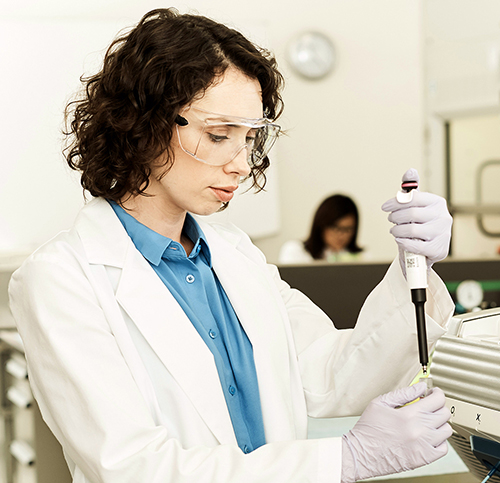
A partnership launched by Thermo Fisher Scientific with the Institute of Medical Genetics and Pathology at University Hospital Basel aims to accelerate clinical research into oncology and immuno-oncology by developing and validating next-generation sequencing (NGS)-based cancer
diagnostics.
The Institute is the first partner in Thermo Fisher Scientific’s Next Generation Sequencing Companion Dx Center of Excellence Program. The Institute will serve as one of the program’s global sites focused on developing and refining Thermo Fisher Scientific’s NGS-based research assays from its Oncomine oncology portfolio, with the goal of eventually introducing them into clinical use as companion diagnostics.
Both organizations are cooperating in forming global alliances and strategic partnerships with hospitals, testing facilities, and biopharma groups.
“The partnership with Thermo Fisher will further enhance our potential by increasing our throughput capacity up to several thousand samples per year, thus allowing us to be able to satisfy the typical needs of large international multicenter trials,” Markus Tolnay, M.D., manager of the Institute, told Clinical OMICs. “Eventually, new gene panels tested within the context of a clinical trial could expedite the routine molecular diagnostic setting.”
The partnership envisions introducing new solutions for routine genomic analyses, such as gene panels in sarcoma and CNS tumors, as well as improving current bioinformatic pipelines for complex variant calling. “We intend to increase both sensitivity and specificity of currently used kits and increase the quality of data produced by Thermo Fisher instruments,” Dr. Tolnay added.
He said the Institute’s contributions will include its experience in human Formalin-Fixed Paraffin Embedded (FFPE) tissue handling and its Institute BioBank of tissues, consisting of about 3.2 million FFPE blocks and some 35,000 fresh frozen samples from a variety of pathological and normal tissues.
Click here to access the rest of this article.






![AI Algorithm Could Reduce Breast Cancer Mammogram False Positive Rate The primary goal of the Paradigm Registry is to accelerate tumor profiling based on disease biology. [iStock/LilliDay]](https://www.insideprecisionmedicine.com/wp-content/uploads/2019/01/307-218x150.jpeg)






